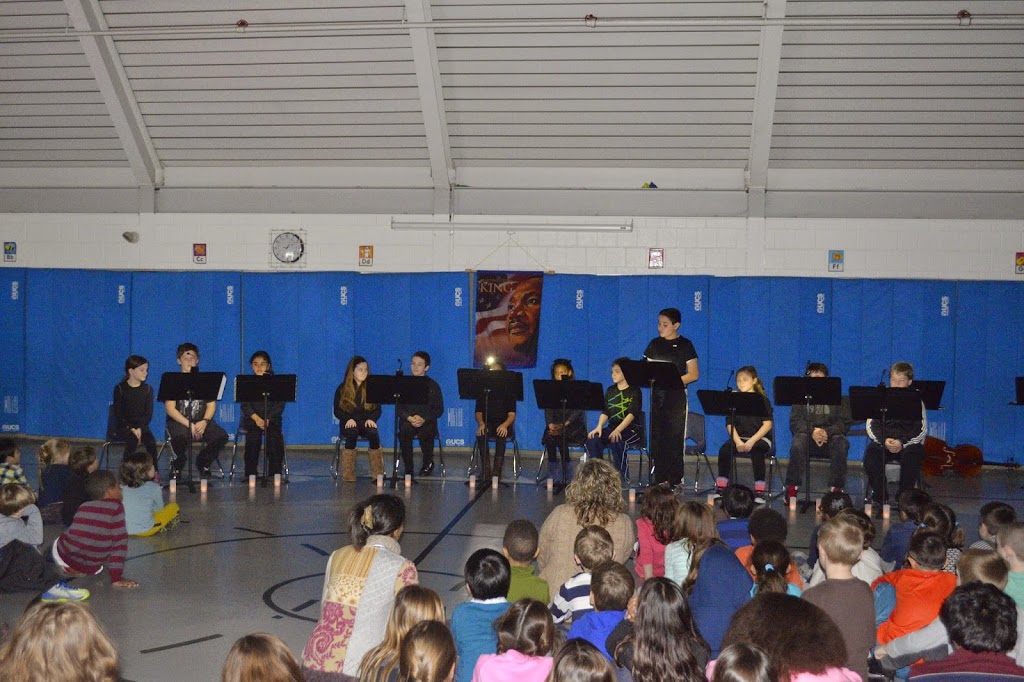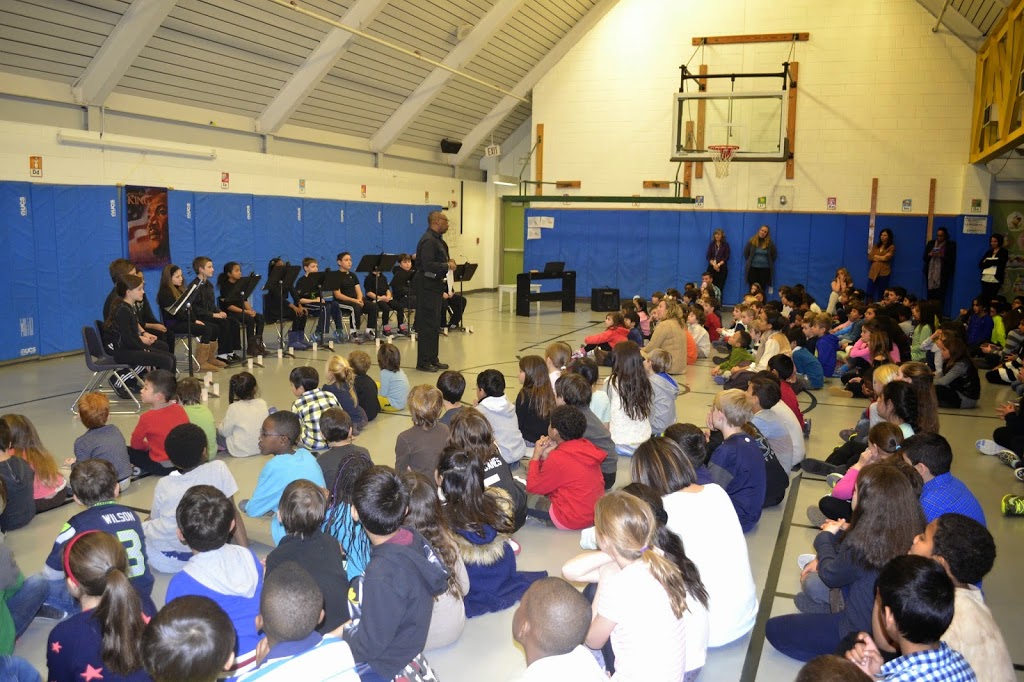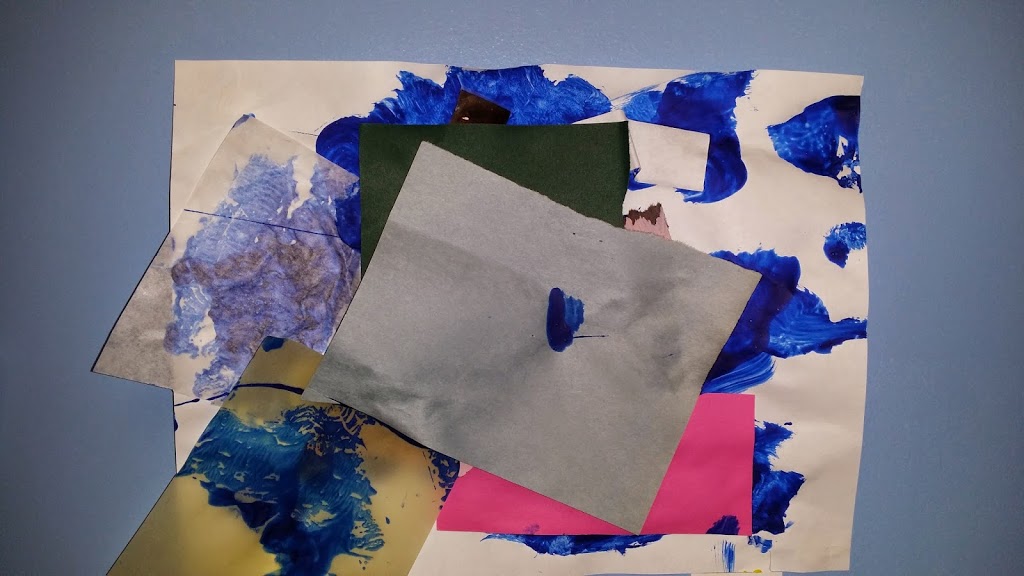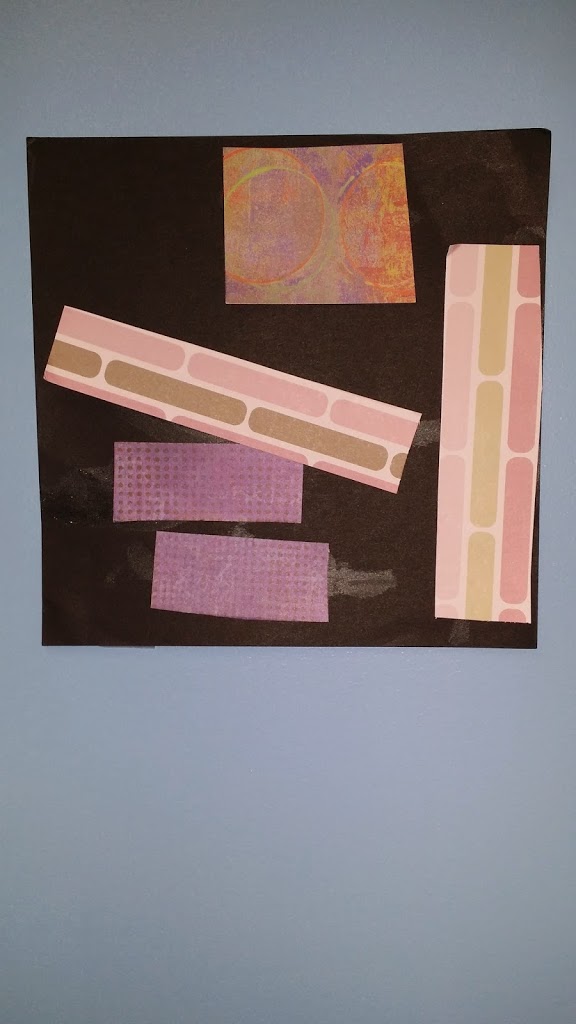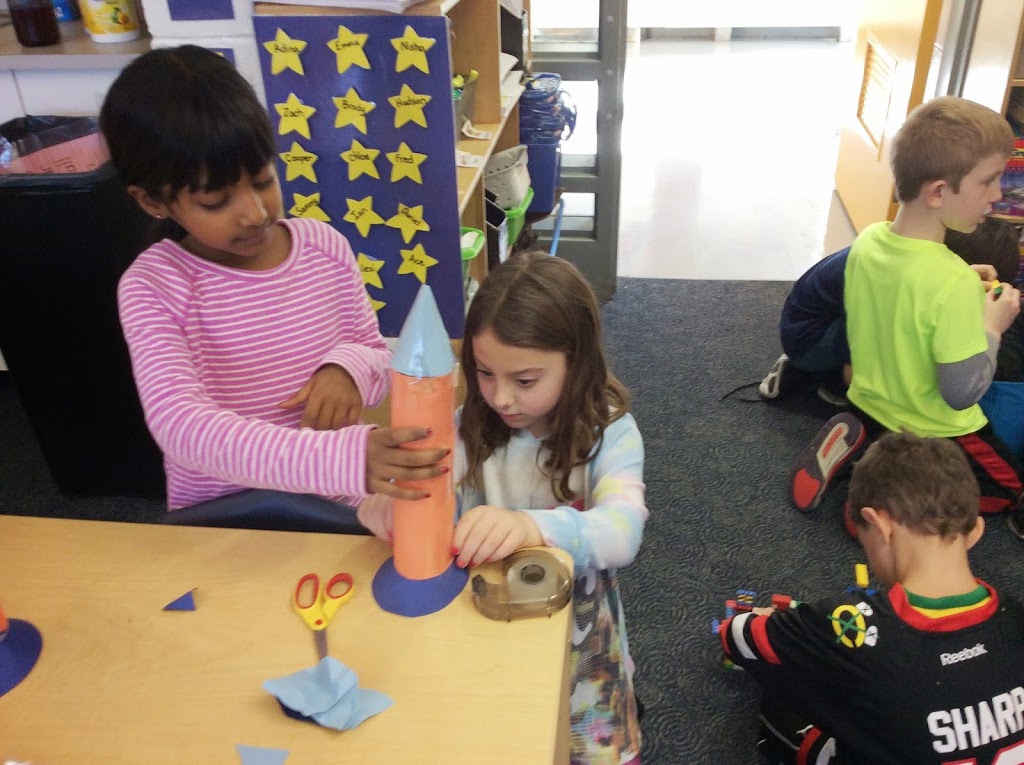The frigid temperatures of the new year have not slowed the Lower School students and teachers from continuing stellar work! Take a look at some interesting stories from the first two weeks of 2015.
Remembering Reverend Dr. Martin Luther King, Jr.
The Lower School students assembled on Wednesday, January 14, 2015 to hear about the many contributions of Reverend Dr. Martin Luther King, Jr. The students listened intently as 12 fifth-grade performers performed a play using a theater technique known as “Readers Theater”. In Readers Theater, the actors rely only on the power of their voices to convey the varied emotions of the characters as they tell the story. No props are used and there is minimal movement on the part of the actors. This requires the audience to listen very closely to what is being shared. It was a very moving performance that integrated singing of all verses of the “We Shall Overcome” by all that were assembled.
Below are a few student reactions to the play:
” It was really amazing to be able to tell which character that each student played based on the lines that they were saying. I really enjoyed learning about Dr. King this way.”
“I thought the actors were really good. The ones who pretended to be the students asked their teacher questions that I would have asked my teacher.”
“I really enjoyed the play and I love learning about Dr. King. It was sad that he was killed when he was so young but I am glad that he did so much for so many people.”
Lower School music teacher, Mary Heveran, offered this insight about the play:
“While searching for something that would be age-appropriate as well as informative, I came across a play written about the Reverend Dr. Martin Luther King, Jr. I then decided to have the students whose job it is to be performers in the upcoming original opera, to be the members of the cast.
The play begins with the voice of a current day teacher talking about Dr. King, what he stood, and the work that he did in the 60’s. As her students ask questions about Dr. King, we hear the “voices” of Rosa Parks, Dr. King, the bus driver, and a police officer from that launched the infamous Montgomery Bus Boycott. Other “voices” in the play are of Dr. King and others from the 1963 “I Have a Dream” speech and march. As the play continues, we listen to the teacher respond to the questions of her students and reminding them of all of the important work Dr. King did to promote equal rights through the use of peaceful protests.
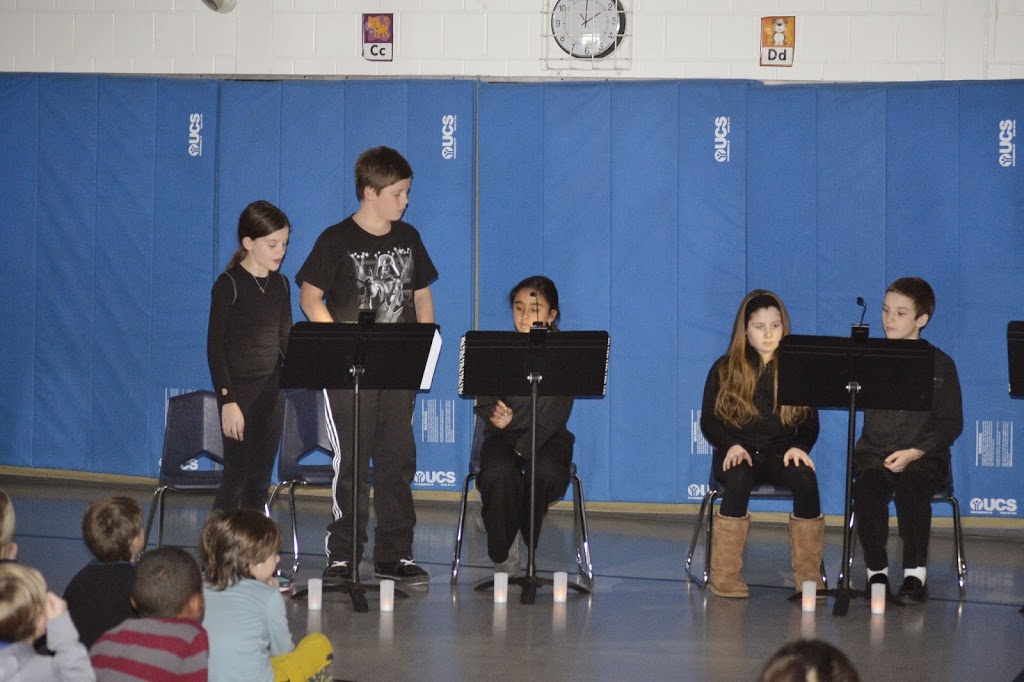 Director of Multicultural Affairs, Mr. Clinton Carbon, and I have been collaborating on this project for some time. In addition to his current position, Mr. Carbon is an experienced stage director. His suggestion to have the students present this play as a readers theater piece has not only given the play a new way in which to present it, but it has afforded the students who are performing it, insight and experience as to the many ways in which theater can reach an audience.
Director of Multicultural Affairs, Mr. Clinton Carbon, and I have been collaborating on this project for some time. In addition to his current position, Mr. Carbon is an experienced stage director. His suggestion to have the students present this play as a readers theater piece has not only given the play a new way in which to present it, but it has afforded the students who are performing it, insight and experience as to the many ways in which theater can reach an audience.
Mr. Carbon’s work with the 5th grade students has led to a better understanding of the components and style elements of readers theater. This collaborative project has been a valuable experience for performers, teachers and the student audience. Most importantly, the experience has once again reminded all of us about Dr. King’s mission of peace and equality.”
Mr. Clinton Carbon, Director of Multicultural Affairs at D-E, shared the following about the performers and their process:
“It has been a pleasure to be a part of the process leading up to this assembly. The students took readily to a new style of performing. They also took their roles as performers very seriously. They have asked questions about Dr. King and the Civil Rights Movement and have endeavored to gain a better understanding of the women and men they portrayed. I am excited for them and am proud of the message that they delivered to the full Lower School. I thank Mary for finding this play and making sure that our youngest students are exposed to the powerful messages of Dr. King.”
Creative Collage by Preschool 3 Students:
Lorraine Yamin and Mary Cushman
Very young children approach art material with the joy of movement. While swirling, gliding and circling their hands and arms, children use the pencil, crayon or paintbrush that they hold to express that motion on paper. Repeated practice of large, full-armed movements gradually decreases as refined, small motor control emerges. The stroke of a color-soaked paintbrush or placement of collage paper becomes more exact over time and is increasingly motivated by the young artist’s assessment of perception of space, line or color.
The students in the preschool 3 class recently did some work with collage. Collage offers children an opportunity to make choices about design. As they use design elements such as line, shape, color and texture, the groundwork for literacy is laid. Children learn about lines and curves, the top and bottom of a page, and make decisions about what happens when they decide to placed designs on the left-hand or right-hand side of a paper. These lessons are the foundation skills for acquiring alphabetic knowledge, and the visual motor capacities of perception are being primed for the learning of the alphabet.
Equally significant, children are learning that their compositions hold meaning and can be interpreted by others. Choice about shape, line and color can transfer an entire story into the minds of other people. When a child realizes that their markings, designs and drawings can be vehicles that transfer important information to other people, they feel the power of literacy! As language abilities develop, the narrative accompanying a collage or painting increases in complexity.
Above is a photo of budding first grade engineers who worked for over an hour to build a rocket using a paper rectangle, a paper circle, paper clip fasteners and a lot of tape! This project elicited some of the “Student as a Learner” traits through a study of geometry.
Collaboration: A friend’s help was really important in the construction process!
Critical Thinking: The following questions were just a few that the students wondered and solved:
How and why does a rectangle become a cylinder, and what are two possible sizes of cylinder?
How can a person change a flat circle into a cone using scissors?
How can a person adjust the cone to fit precisely on top of the cylinder?
Engagement: It was interesting to see how many students worked on one rocket for a sustained amout of time, how many made multiple rockets, how many wrote stories about their rockets and how many longed to take them home to share with family members.
Persistence: This was physically quite difficult and first tries often didn’t work out. One student commented that he made four tries before the rocket was completed. Another student offered that they had to been really patient to see it through!
Creativity: One student invented a base for her rocket that was not part of the project. Other children made flames (paper, not actual!) so the rocket was more realistic. Another made a paper shape of himself attached to a hose floating outside the rocket.
NEW: Please be sure to read the new information in the Spanish Blog submitted by Misi Collado

